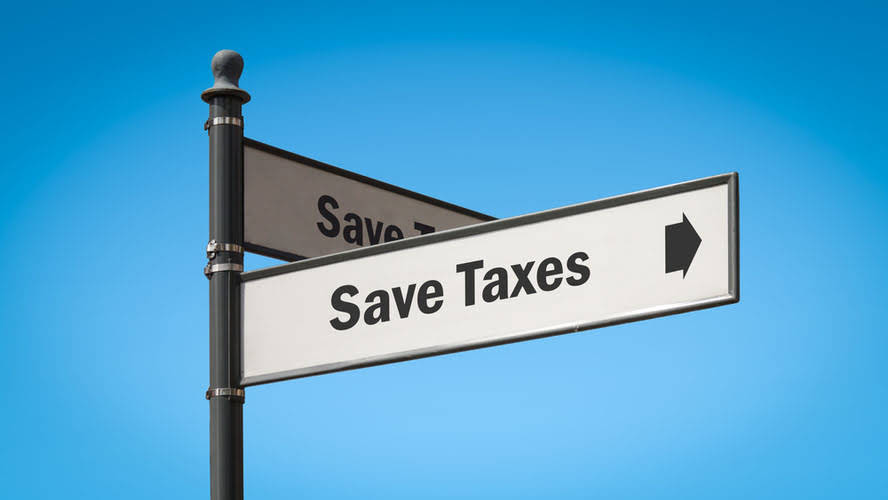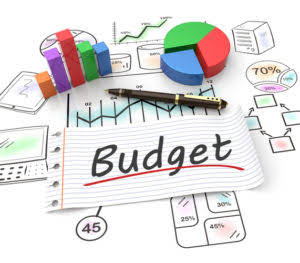
By implementing a robust COA, you’ll be better positioned to make informed financial decisions and drive your business towards success. The LIFO (Last In, First Out) accounting method considers the last items purchased as the first ones sold, making it the opposite of the FIFO (First In, First Out) method. Therefore, the cost of sales is determined by the price of items purchased most recently. First-in, first-out is a method used to count ending inventory costs that focus on cost flow. The FIFO accounting method assumes that the inventory purchase costs will also be recognized first and the value of your total inventory will decrease. The FIFO method is especially useful for perishable items and is popular among food retailers because of its practical advantages.
- While most items have UPC barcodes, some items, such as produce, are often keyed in by the cashier.
- One of the key reports is the employee audit, which looks at profitability and transactions by employee.
- An efficient and accurate receiving system lets grocers verify new stock and enter it for immediate sale.
- You can also manage domestic and global taxes through an end-to-end tax management system, great for large grocery stores working across multiple countries.
- If retailers sell 50 pens that were initially purchased for $5, and then another 50 pens are purchased for $7.50, the LIFO method would assign a value of $7.50 to the original items sold.
PayPal Zettle
Advanced Inventory Included in the Platinum and Diamond subscriptions only. The periodic method of tracking your inventory can be less convenient and more labor-intensive, but it might be preferable if your company can’t afford a fully capable POS system. This inventory-tracking method requires you to manually count and track inventory periodically, such as weekly or monthly. A major drawback of this method is that, because you don’t have a POS system tracking your sales, you don’t have a way to determine what items were sold, stolen or broken. Doing so can save you time at the end of the year when you’re preparing tax statements, and it helps you keep track of your revenue and profits.
REPORTING IN EXCEL FINANCIAL MODEL FOR GROCERY STORES
We appreciate that this software is highly customizable and intuitive, especially if you have experience as a cashier, a cash office manager, or have worked inventory. Lightspeed sells iPads, iPad stands, and accessories, but you can also purchase compatible devices on grocery store accounting your own, which may be a more cost-effective option. A $79 mobile card reader and a $299 handheld POS terminal are available. Yes, QuickBooks Desktop Enterprise can help with advanced inventory features like bin location tracking, bar code scanning, and FIFO inventory.
CashFootprint Point-of-Sale
- When the item is sold and you scan its barcode, the numbers in your inventory will update automatically.
- Find help articles, video tutorials, and connect with other businesses in our online community.
- Whereas income statements cover a period of time – like a week, month or year – balance sheets are for an exact date and time.
- Availability can vary and are subject to occasional downtime and may change without notice.
- Try Synder’s free trial to see how it can improve your business accounting, and join our informative Weekly Public Demo for additional insights and advice.
- Retail businesses have unique challenges, not the least of which is business accounting — especially for inventory.
Yes, invite up to 2 accounting professionals to access your data and collaborate with you for free. Once they accept your invitation, they’ll automatically get signed up for QuickBooks Online Accountant, allowing them to access your data. Diamond includes all the features of QuickBooks Desktop Enterprise Platinum edition with the exception of Enhanced Payroll. Diamond also includes QuickBooks Assisted Payroll and QuickBooks Time Elite time tracking.

QBSS Acquires Detroit Based Apparatus Solutions
Various aspects relating to grocery stores shall be analyzed over time by the business owner as the Cost of inventory changes regularly in the grocery store. https://www.bookstime.com/ Advanced InventoryIncluded in the Platinum and Diamond subscriptions only. Shipping subject to terms and conditions set forth by UPS, FedEx, and USPS.
Need bin location tracking, bar code scanning, or FIFO inventory?
We appreciate Lightspeed’s extensive inventory management, which is great for specialty stores with unique and rotating inventory. Co-ops can manage co-op memberships and specialty stores can start subscription boxes with Lightspeed’s subscription management add-on. Lightspeed also has good wholesaler management so specialty stores can sell to restaurants, caterers, and other businesses. Unfortunately, many small business owners make the mistake of using one current account. In a company like an online grocery store, where incoming payments will be frequent, this can make financial management very difficult.




